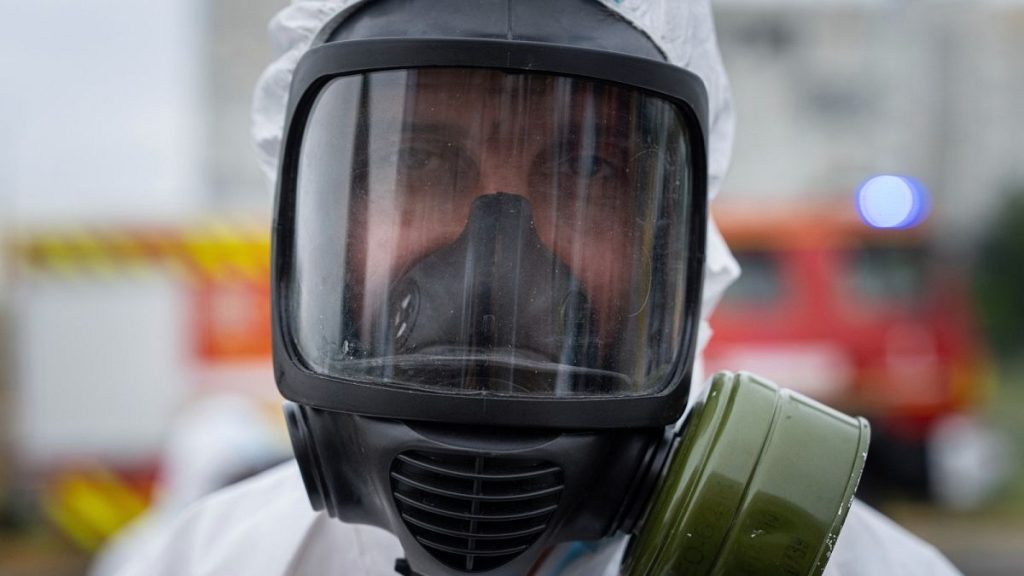The Zaporizhzhia nuclear power station in southeastern Ukraine has been a constant source of worry for international observers since being captured by Moscow after the 2022 invasion of Ukraine. The plant has been targeted in various attacks, with some warning of a potential nuclear disaster similar to Chernobyl. Despite recent incidents, former IAEA chief nuclear inspector Robert E. Kelley believes the chances of a catastrophic event at Zaporizhzhia are essentially zero. He highlights the differences between the reactors at Zaporizhzhia and Chernobyl, emphasizing that modern reactors are built to a higher standard and are less prone to catastrophic events.
During previous blackouts at Zaporizhzhia, electricity supply could be diverted from other sources, reducing the risk of dangerous power outages. Additionally, all Zaporizhzhia reactors are currently shut down, further minimizing the risk compared to the Chernobyl disaster in 1986. Despite the plant being under Moscow’s control, the personnel have largely stayed put, reducing the risk of mishandling. There is recognition for the plant’s staff who have continued to work under difficult circumstances and should be acknowledged for their efforts.
Europe seems prepared for a nuclear disaster, with more than 150 reactors operating across the EU’s member states. Each country has an agency for nuclear preparedness, even those without reactors. Collaboration and coordination in nuclear safety procedures have increased since the 2011 Fukushima disaster. International organizations like the IAEA and EU bodies like HERCA and EMSREG play crucial roles in ensuring safety measures are in place and implemented effectively in case of a nuclear incident.
In the event of a nuclear incident, a response plan is in place that involves various zones for evacuation and protective action. If a radiation leak is detected, a five-kilometre-radius area around the incident is evacuated, with further alerts issued within a 25-kilometre-radius zone. Citizens are equipped with iodine tablets to block radiation absorption by the thyroid gland, reducing the risk of thyroid cancer. Procedures involve sheltering indoors and staying informed through various communication channels, including television, radio, and social media. Regular drills and training ensure that authorities are well-prepared to handle any nuclear emergencies.
Preparation is key in mitigating the effects of a nuclear disaster, with early detection and response crucial in saving lives and minimizing exposure to radiation. The systems in place in Europe, including evacuation plans, communication strategies, and distribution of protective measures like iodine tablets, aim to ensure the safety of citizens in the event of a nuclear incident. Ongoing coordination and cooperation among international bodies and national agencies contribute to a unified approach to nuclear safety and emergency preparedness across the region.


